Taboos of Drinking Silkworm Wine
Research has found that silkworms contain rich carbohydrates and trace elements, and scientific consumption can regulate the kidneys and nourish the body. In this article, we will talk about the taboos of drinking silkworm wine.
Taboos of Drinking Silkworm Wine, Benefits of Drinking Silkworm Wine, Effects of Drinking Silkworm Wine
Taboos of Drinking Silkworm Wine
Silkworms are also known as "jiangchong" or "tianchong" in some parts of China. They can effectively treat conditions such as general weakness and fatigue, and can also provide the body with a large number of trace elements and promote intestinal and urinary functions.
Modern research has also found that silkworms contain a large amount of ammonium oxalate and hydrolytic enzymes, which can promote a healthier body, disperse blood stasis, relieve wind, and alleviate spasms. They are particularly effective in treating conditions such as aphonia due to stroke, epilepsy, tetanus, lymphadenitis, erysipelas, mastitis, etc.
Silkworms have a long history of use in China, and they have been extensively described in ancient Chinese medical texts such as "Shen Nong's Herbal Classic," "Ming Yi Bie Lu," "Pharmacological Treatise," "Ri Hua Zi Ben Cao," "Ben Cao Tu Jing," "Yi Xue Qi Yuan," "Ben Cao Gang Mu," "Ben Cao Zheng," and "Yu Qiu Yao Jie."
Although silkworms can treat diseases and promote health, they must be used in a scientific manner. Random and excessive use of drugs can be harmful to the body. Here are some specific taboos for drinking silkworm wine:
1. Method and Dosage of Silkworms
Silkworms are usually consumed by decocting them in water and ingesting the liquid. The recommended dosage is 1.5 to 3 qian (approximately 4.5 to 9 grams). They can also be made into powders, pills, or wine for consumption. For external use, silkworms are often ground into powder and applied to the affected areas, which is more common for conditions such as headache or prolapse of the rectum.
2. Identification of Silkworms
Silkworms have a cylindrical shape and are gray-brown, gray-yellow, or gray-tan in color, with a layer of white powdery coating on the surface. The head is relatively round, and the body segments are clearly visible. The texture is hard and brittle, and can be easily broken. The cross-section is flat, with a white outer layer and two brown silk gland rings in the middle. They have a fishy smell when smelled, and a salty taste when tasted.
3. Side Effects of Silkworms
Experts have pointed out that internal consumption of silkworms can easily cause allergic reactions, characterized by acne-like rashes or allergic rashes on the skin. These skin symptoms will disappear after stopping the medication for a period of time. Some patients have reported nausea, dry mouth, reduced appetite, fatigue, and drowsiness after taking silkworms. In such cases, medication should be stopped or reduced depending on the situation.
Since silkworms have anticoagulant effects, they can cause a decrease in platelets after consumption. Therefore, patients with impaired clotting mechanism or bleeding tendency should use silkworms with caution. Silkworms are also not suitable for patients with hepatic coma because they contain ammonium oxalate, which can decompose into ammonia and cause significant damage to the liver.
4. Other Considerations
Silkworms should not be used with other herbs such as poria, atractylodes, silkworm larvae, and rhizoma bletillae, as it may alter the efficacy of the medication. In addition, caution should be exercised when using silkworms in patients with conditions such as weak heart and unsettled mind, or blood deficiency and rapid meridian. Furthermore, silkworms should not be used in large quantities for postpartum pain or excessive bleeding, unless the conditions are caused by wind-cold.
Taboos of Drinking Silkworm Wine, Benefits of Drinking Silkworm Wine, Effects of Drinking Silkworm Wine
Common Uses of Silkworms
1. To achieve the effects of dispersing wind and relieving rashes and itching, silkworms can be used in combination with peppermint and cicada slough.
2. For conditions such as convulsions and epilepsy, silkworms can be used in combination with gastrodia, gallnut, and scorpion to achieve rapid recovery of health.
3. For children with high fever and convulsions, a combination of silkworms, mulberry leaves, and hook vine can be used for mild symptoms, while a combination of silkworms, cinnabar, scorpion, cow bezoar, and arisaema can be used for severe symptoms with phlegm and asthma, providing a calming and phlegm-dispelling effect.
4. For children with spleen deficiency leading to diarrhea, silkworms can be used in combination with gastrodia, white atractylodes, and codonopsis to alleviate the condition.
5. For patients with post-seizure confusion, limb convulsions, and drooling, silkworms can be used in combination with pinellia, acorus, and gastrodia to quickly control the condition.
6. For patients with axillary lymph node tuberculosis or various types of carbuncle, white silkworm can be used in combination with cinnamon, white mustard seeds, and other herbs for a period of time to gradually alleviate the disease.



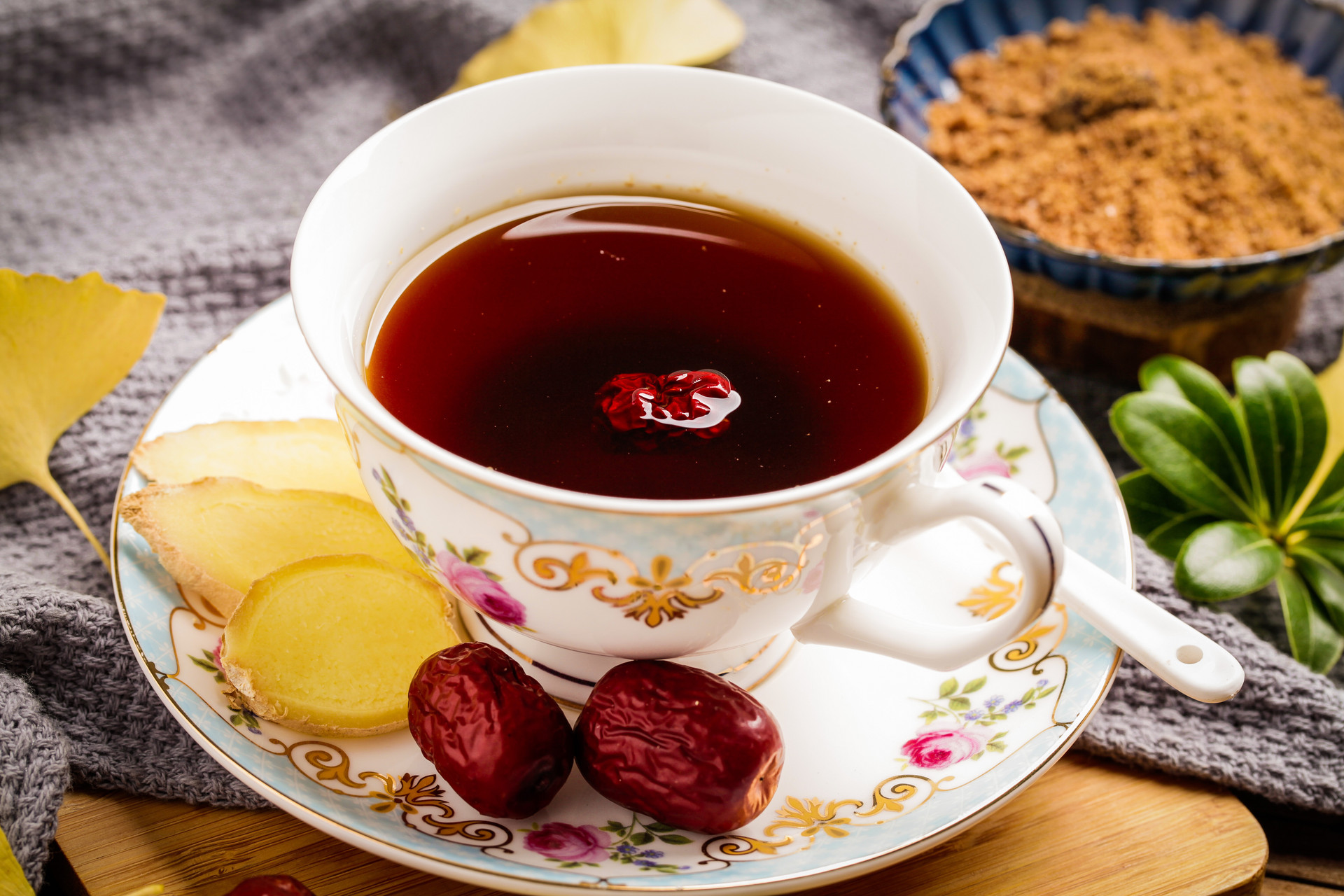
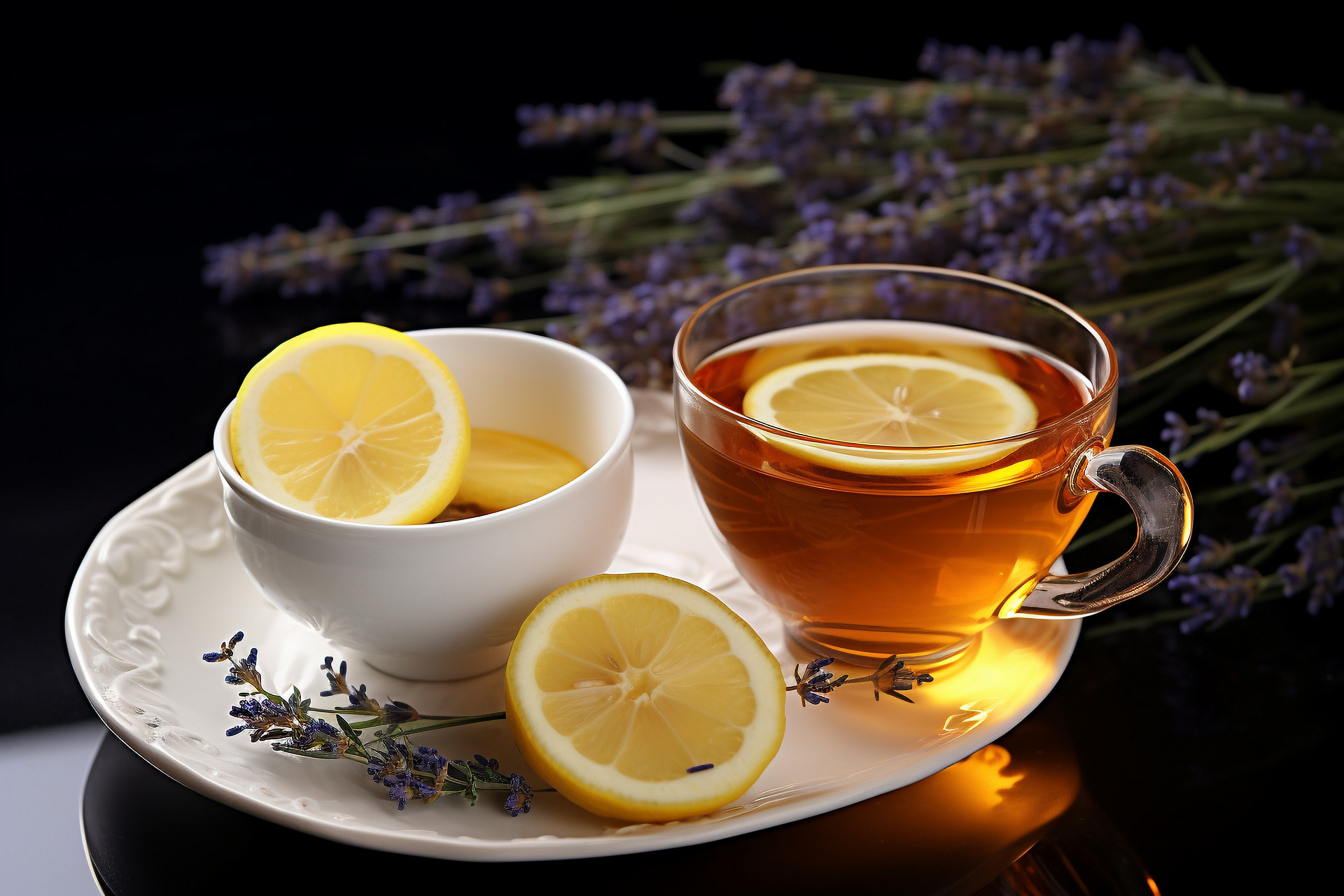
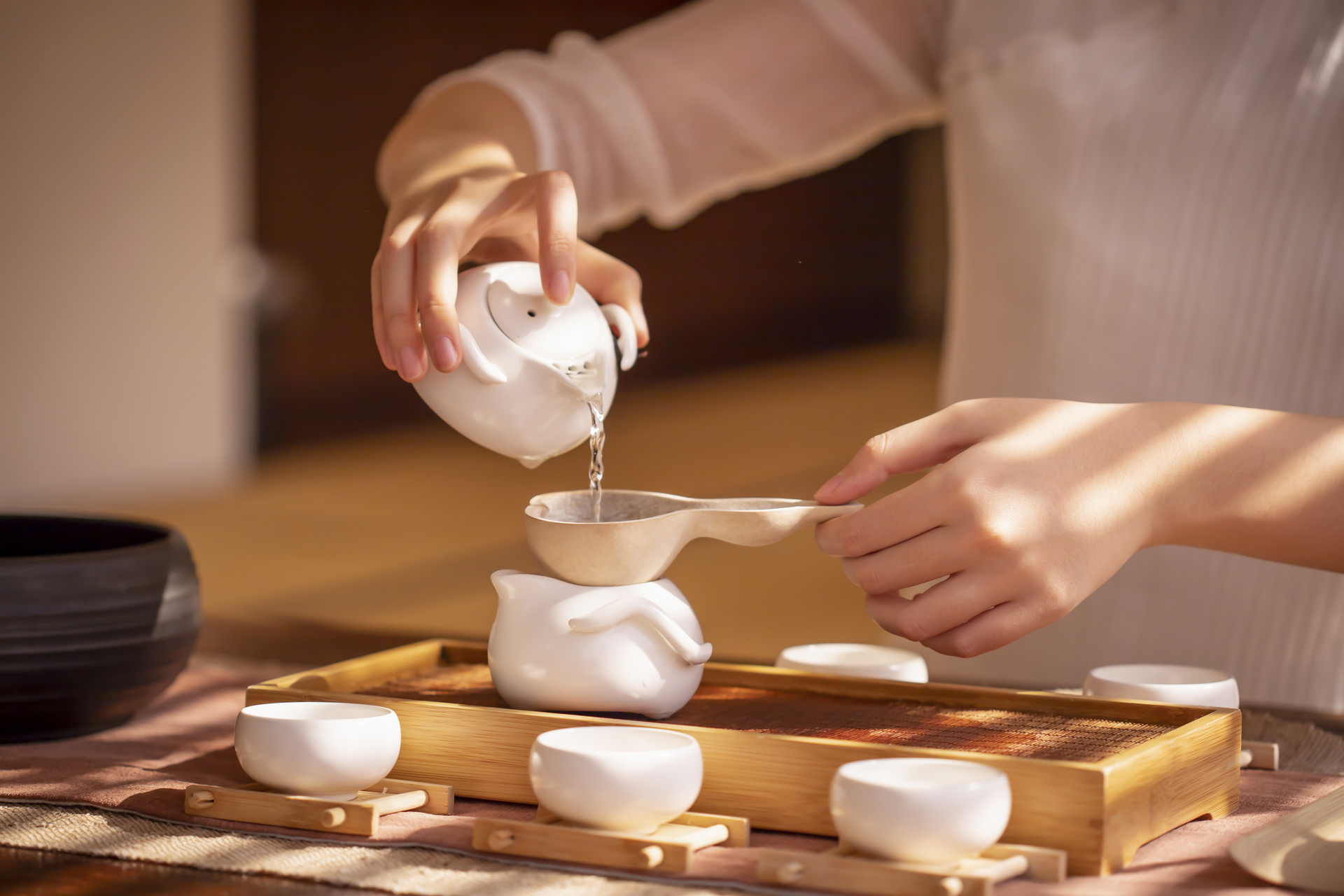
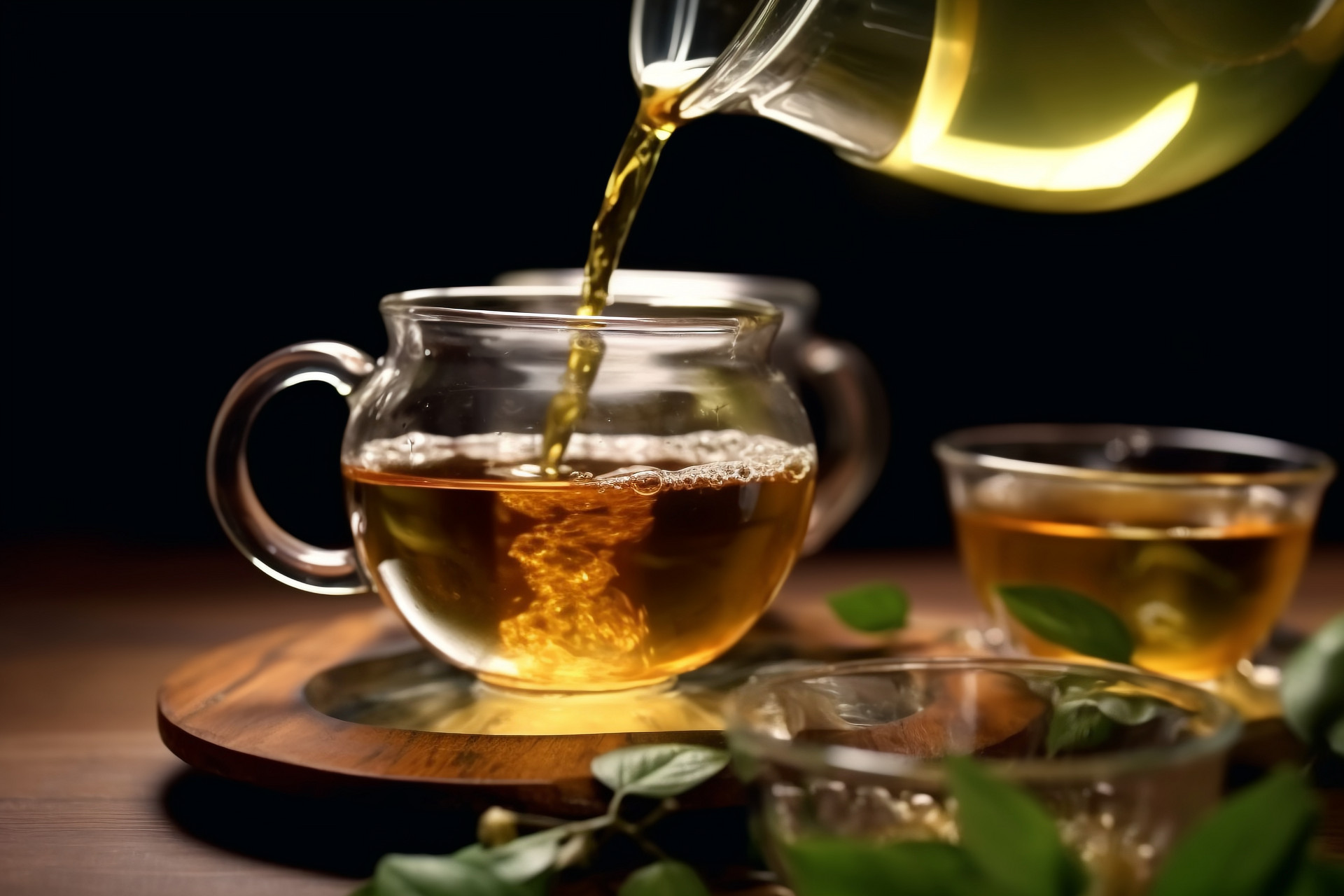

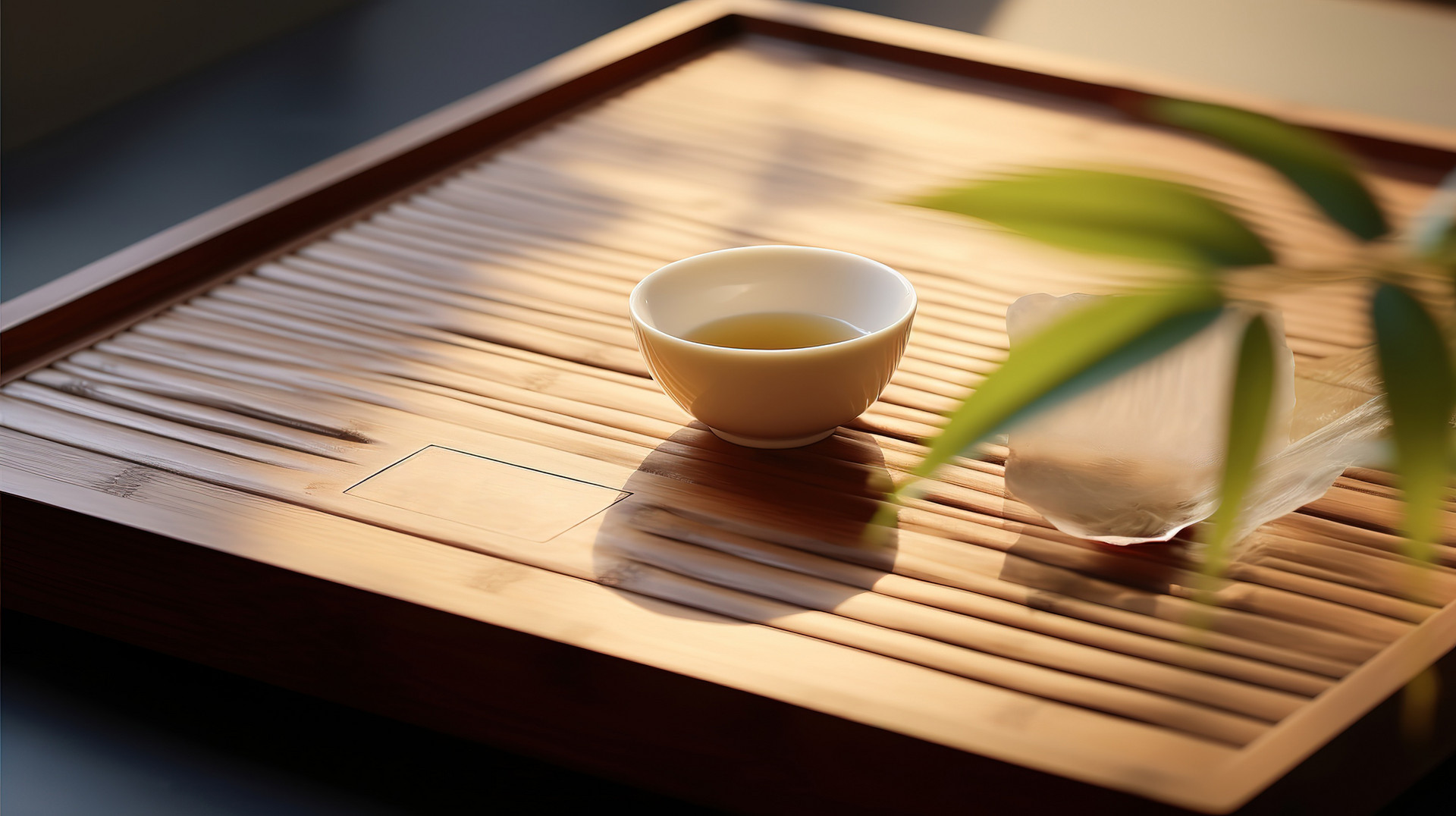
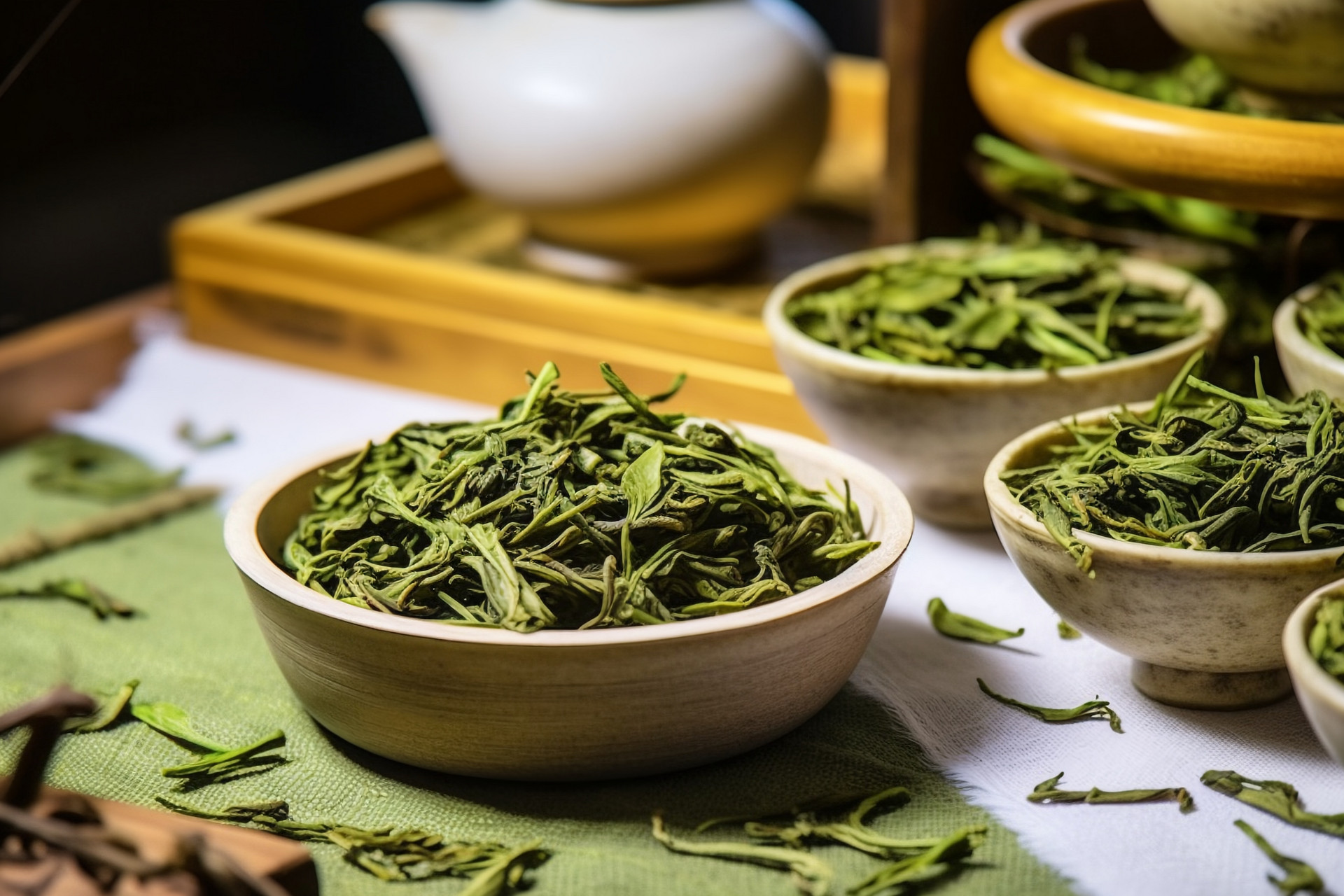
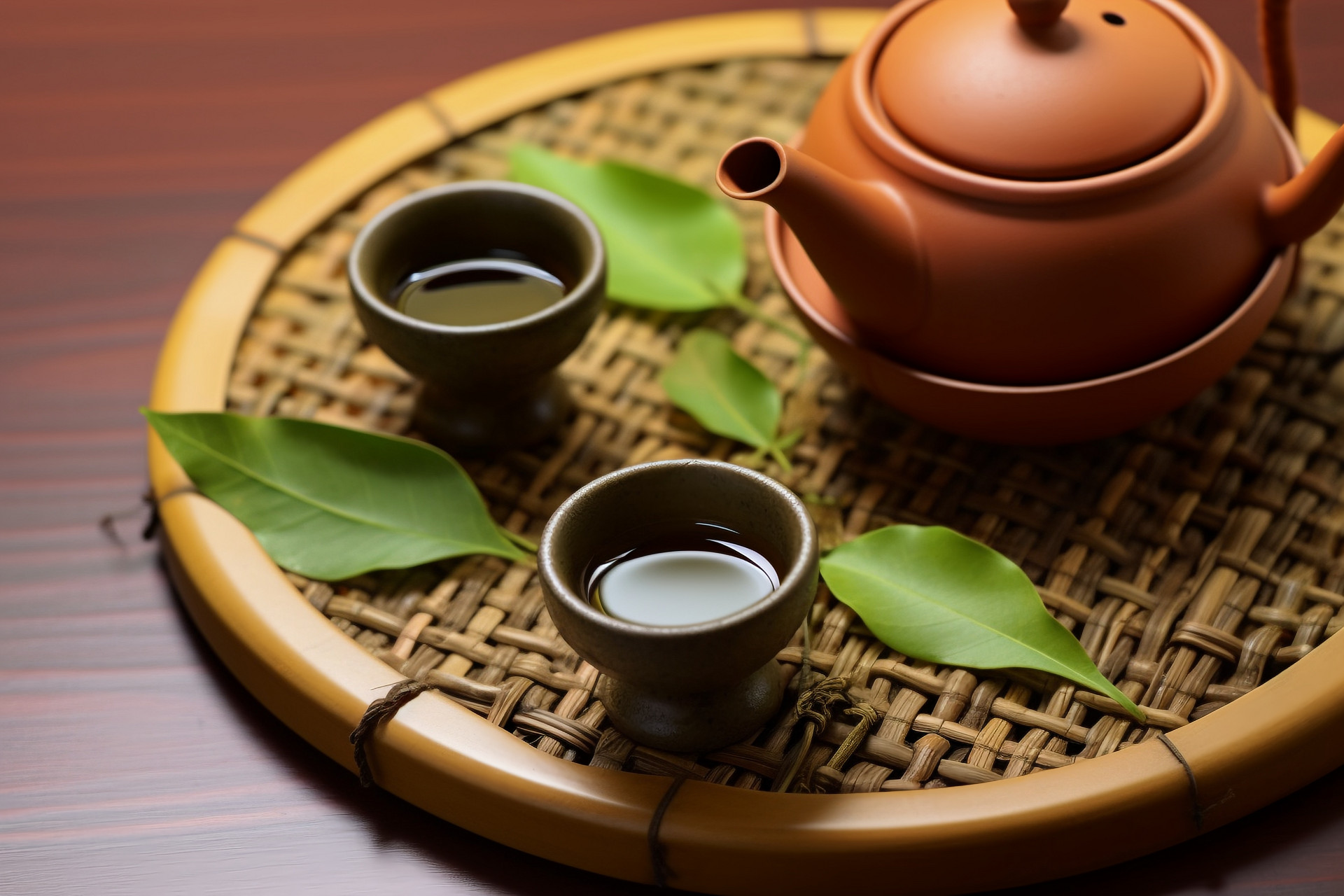
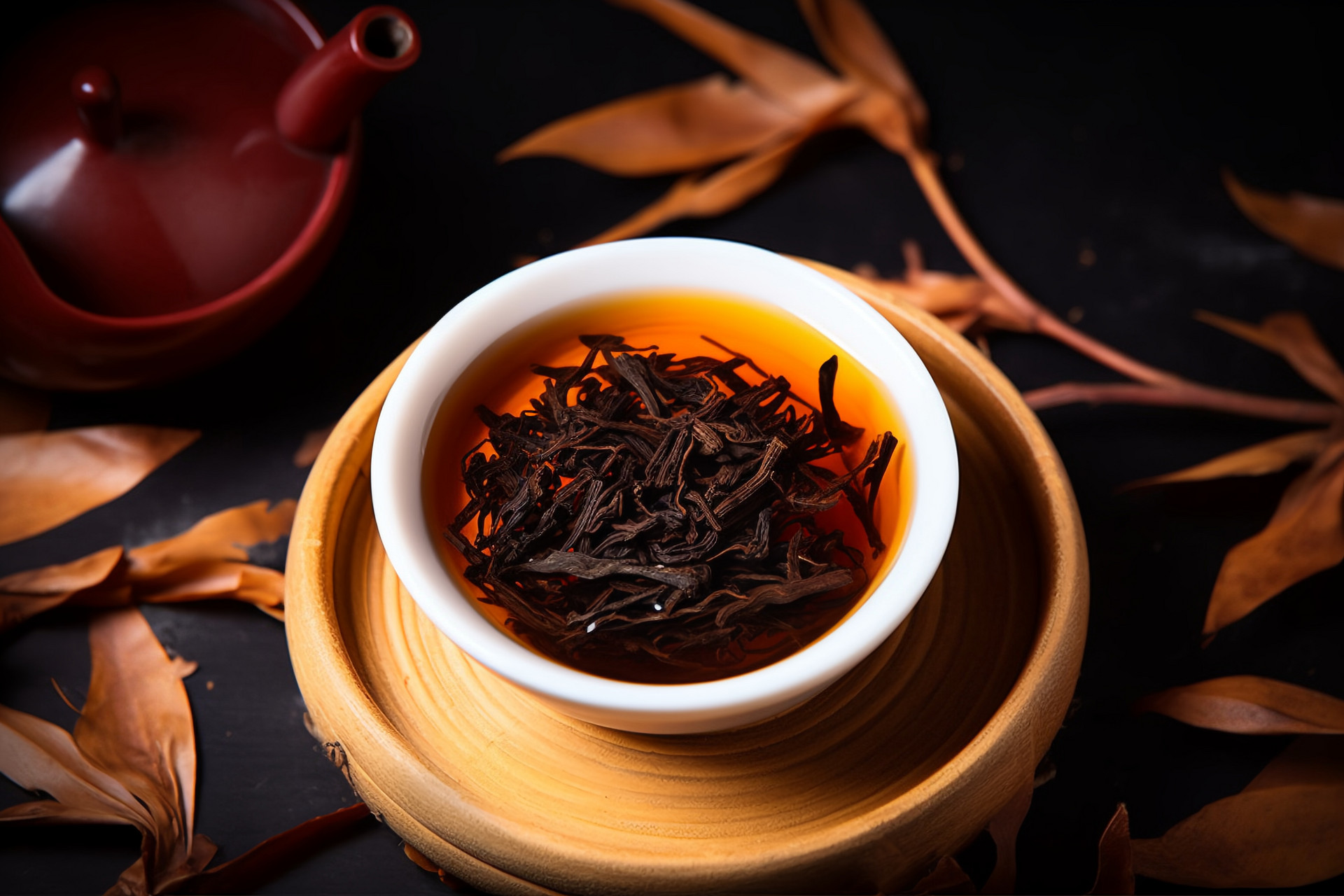
![[Herbal Wine Recipes for Health and Beauty]](https://tcmmaintenance.com/uploads/20240715/7241f6b6eafdaed88c28b26a37213964.jpg)